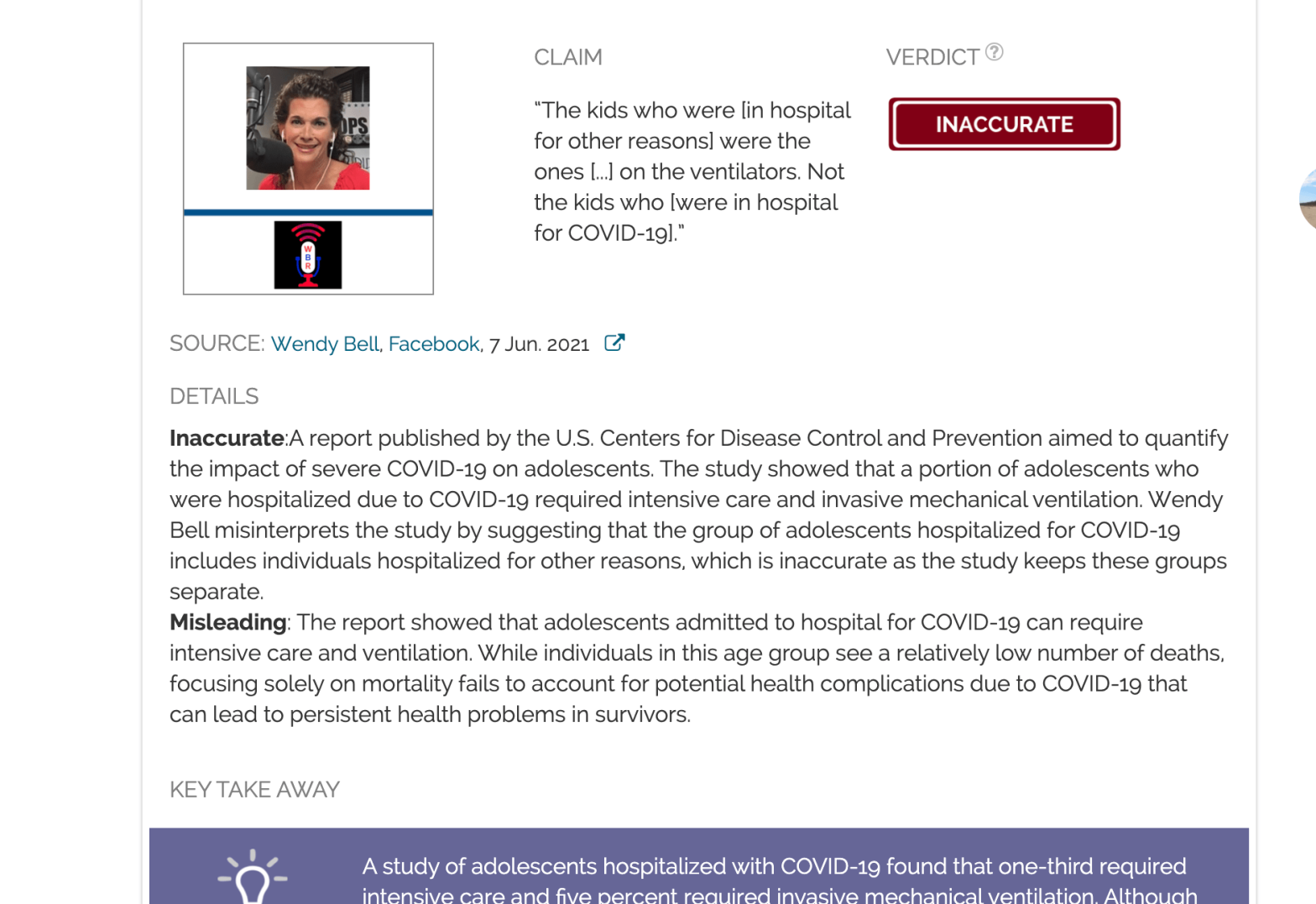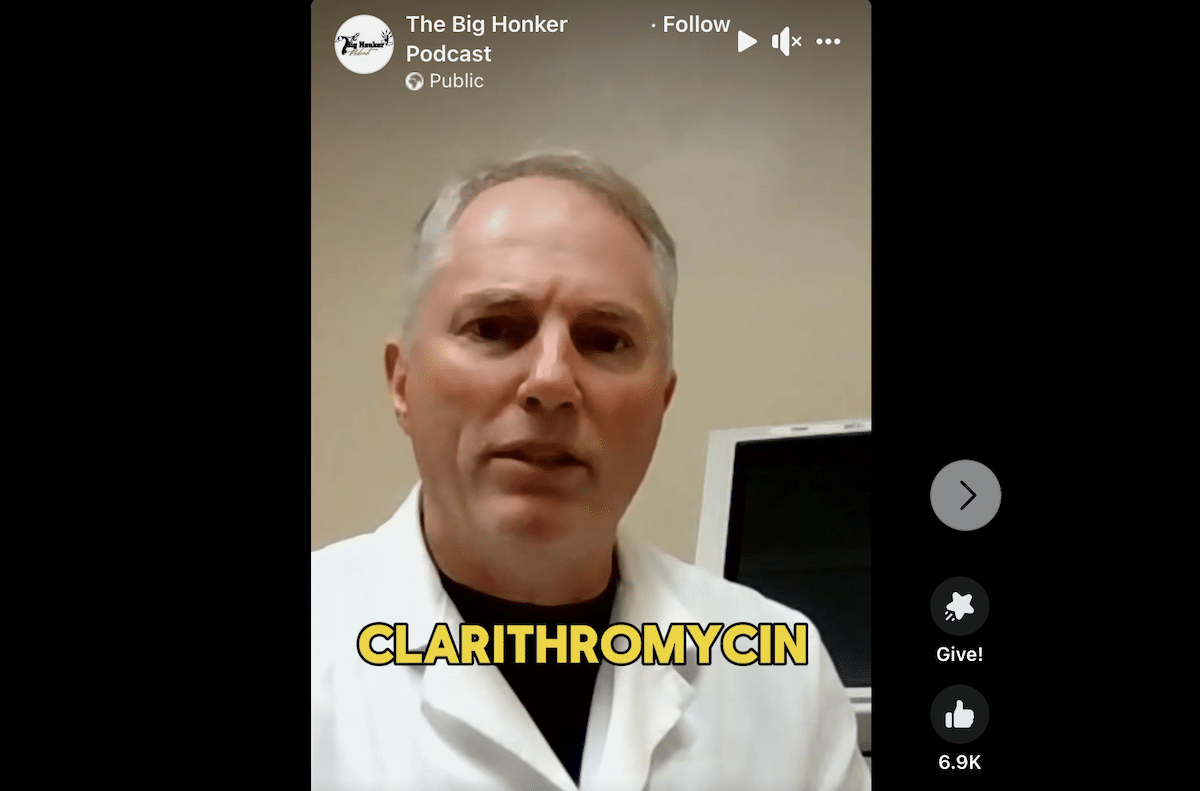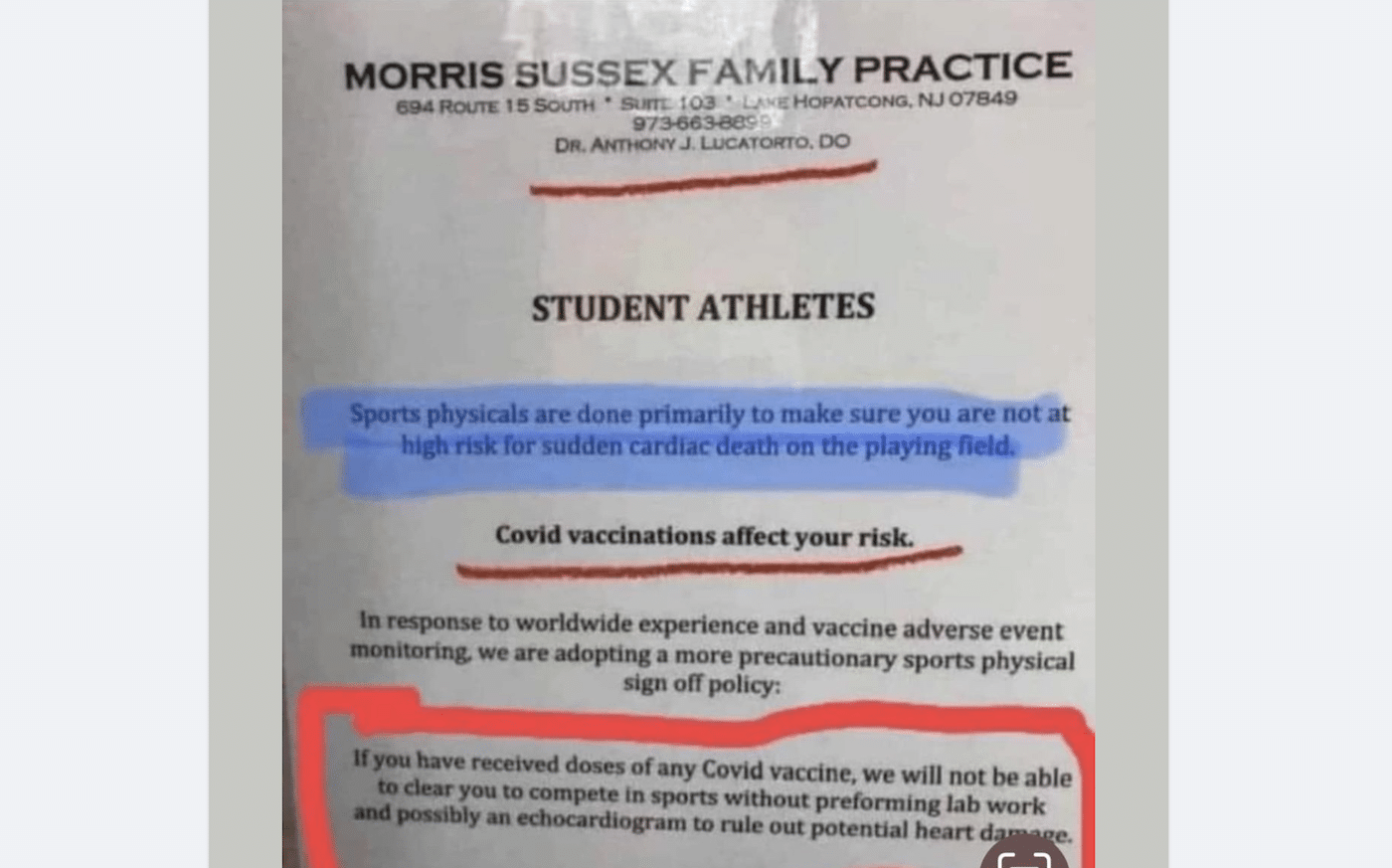- Health
CDC study finds five percent of teens hospitalized due to COVID-19 require ventilation, vaccinating against COVID-19 can help reduce the risk of severe disease in teens
Key takeaway
A study of adolescents hospitalized with COVID-19 found that one-third required intensive care and five percent required invasive mechanical ventilation. Although the mortality rate for adolescents is relatively low, survivors can face persistent health problems due to issues such as long COVID, which is detrimental to their quality of life. The CDC has stressed the importance of vaccination for this age group. The benefits of COVID-19 vaccines were shown to outweigh any potential risks. Reports of deaths on the U.S. Vaccine Adverse Events Reporting System alone don’t prove that COVID-19 vaccines were the cause of death.
Reviewed content

Verdict:
Claim:
“The kids who were [in hospital for other reasons] were the ones [...] on the ventilators. Not the kids who [were in hospital for COVID-19].”
Verdict detail
Inaccurate:A report published by the U.S. Centers for Disease Control and Prevention aimed to quantify the impact of severe COVID-19 on adolescents. The study showed that a portion of adolescents who were hospitalized due to COVID-19 required intensive care and invasive mechanical ventilation. Wendy Bell misinterprets the study by suggesting that the group of adolescents hospitalized for COVID-19 includes individuals hospitalized for other reasons, which is inaccurate as the study keeps these groups separate.
Misleading: The report showed that adolescents admitted to hospital for COVID-19 can require intensive care and ventilation. While individuals in this age group see a relatively low number of deaths, focusing solely on mortality fails to account for potential health complications due to COVID-19 that can lead to persistent health problems in survivors.
Full Claim
“The kids who were there who were sick, who happened to test positive for COVID, were the ones who were on the ventilators. Not the kids who tested positive for COVID and that was the reason why they were there”; “The CDC also says 172 of this 204 may have been admitted for other reasons”; “100 plus a day are dying, ostensibly, related to the jab.”
Review
On 8 June 2021, radio host Wendy Bell posted photos and a video on Facebook in response to an article in the Washington Post reporting on a new report by the U.S. Centers for Disease Control and Prevention (CDC)[1]. The report, which analyzed records of COVID-19 associated hospitalizations among people aged 12 to 17, found that a third of adolescents required intensive care and five percent required ventilation.
Using the COVID-NET system, the report authors analyzed records of laboratory-confirmed COVID-19-associated hospitalizations in 99 counties across 14 states, covering approximately 10% of the U.S. population.
The report looked at records for 376 hospitalized people aged 12 to 17 who tested positive for COVID-19 between January and March 2021. Of these, COVID-19 was the likely primary reason for 204 adolescents being admitted to hospitals. Over 94 percent of this group showed symptoms of COVID-19 on admission and 70 percent had underlying health conditions that are known to increase the risk of severe COVID-19, including obesity, asthma, and diabetes.
The other 172 people in the study tested positive for COVID-19, but were in the hospital primarily for other reasons, including psychiatric care, surgery, and trauma.
In Bell’s video, she said “the CDC also says 172 of these 204 may have been admitted for other reasons”. However, the report authors made it clear that there were two separate groups of adolescents that differed in their primary reasons for being admitted to the hospital (COVID-19 vs. other factors). That is, the 172 adolescents admitted to the hospital for other reasons weren’t among the group of 204 adolescents admitted primarily because of COVID-19.
As stated previously, the CDC report found that nearly five percent of the 204 adolescents admitted primarily due to COVID-19 required invasive mechanical ventilation.
In the video, Bell claimed that the data for adolescents who required ventilation were mainly based on patients who were in hospital for non-COVID-19 reasons, saying:
“The kids who were there who were sick, who happened to test positive for COVID, were the ones who were on the ventilators. Not the kids who tested positive for COVID and that was the reason why they were there.”
However, the study analyzed the two groups separately and found that 10 out of the 204 (4.9%) adolescents who were hospitalized primarily due to COVID-19 were placed on ventilators. This suggests that COVID-19 was the root cause of their need for breathing support and confirms that severe cases can be a significant issue for adolescents.
The Washington Post article, titled “CDC director urges parents to vaccinate teens, pointing to increase in severe cases” included a statement by CDC Director Rochelle Walensky in response to the new report:
“I am deeply concerned by the numbers of hospitalized adolescents and saddened to see the numbers of adolescents who required treatment in intensive care units or mechanical ventilation.”
Bell responded to this by pointing out that there have been 295 deaths due to COVID-19 among the 74 million people below 18 in the U.S. Deaths due to COVID-19 are rare among children, however this interpretation misrepresents the main findings of the report, which were focused on the severity of the disease and the degree of medical assistance required, not on mortality.
The impact of a case of COVID-19, as with any condition, cannot be solely measured by whether the patient lives or dies. This report reveals the extent of intensive care required for adolescents, which may lead to ongoing health effects, such as mental health problems, fatigue, and breathlessness. These results counter the suggestion that COVID-19 is not a harmful threat to younger people.
VAERS death reports only state that a death occurred after vaccination; they don’t prove that the vaccine caused the death
In a photo posted to Facebook, Bell wrote that there have been 5,165 reported vaccine deaths. This figure comes from the U.S. Vaccine Adverse Events Reporting System (VAERS), which isn’t sufficient to establish the cause of the reported events, as explained in previous Health Feedback reviews (here, here, and here). Despite this, these figures are commonly used by sources of misinformation to question the safety of vaccines. The system collects unverified reports of deaths and medical conditions that occur after vaccination. It serves as a surveillance system for researchers to look for signs of potential safety problems. On the website to access the VAERS data it says:
“The number of reports alone cannot be interpreted or used to reach conclusions about the existence, severity, frequency, or rates of problems associated with vaccines.”
In the accompanying video, Bell explained that these deaths cannot be directly connected to the COVID-19 vaccines. However, she then continued to draw links between them, saying “100 plus a day are dying, ostensibly, related to the jab”. Without the additional context of how the data is collected and the number of people vaccinated, this statement could be misinterpreted by viewers to conclude that the vaccines are unsafe.
Deaths are naturally expected in any large group of people. So far over 170,000,000 people have had at least one COVID-19 vaccine dose in the U.S., so it would be expected for many thousands of these people to have died for reasons completely unrelated to the vaccine. The figures show that vaccinated people are not dying at a higher rate than unvaccinated people.
In summary, Bell’s posts incorrectly described how the study was carried out and misinterpreted the findings. Ongoing analysis of the vaccines’ safety has found that their benefits in preventing COVID-19 cases and related hospitalizations and deaths outweigh the potential risks and known side effects. Although adolescents are at lower risk of being hospitalized due to COVID-19 than older people, the CDC’s recent report showed that they can still experience severe symptoms requiring intensive care and ventilation. Even without severe cases of COVID-19, there are many reports of children and adolescents experiencing long-lasting effects, known as long COVID. Seven to 20 percent of people aged under 18 infected with COVID-19 are estimated to be affected long-term. These findings support the benefits of vaccination to prevent COVID-19 in people under 18.
REFERENCE
- 1 – Havers et al. (2021) Hospitalization of Adolescents Aged 12–17 Years with Laboratory-Confirmed COVID-19 — COVID-NET, 14 States, March 1, 2020–April 24, 2021. Morbidity and Mortality Weekly Report.



